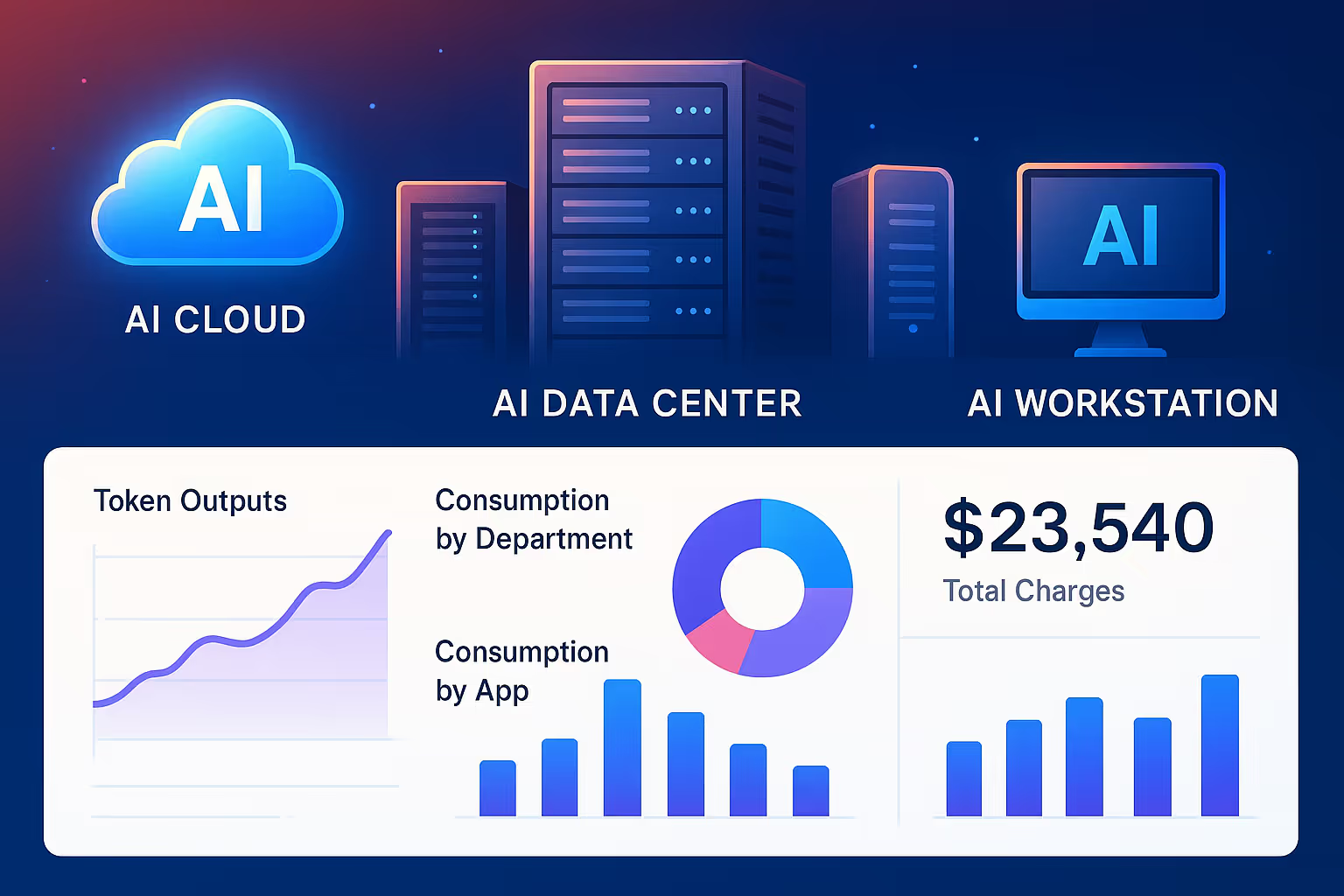Rachel Parrinello, Chris Semain, and Ted Grossman recently published this article at CFO Dive – Consumption-based pricing models: transition guidance for CFOs.
The authors reference two areas in particular that companies often find themselves challenged or tripping over while transitioning to usage-based models. We’d like to zoom in and share our thoughts.
- Less predictable revenue
- The need for new tracking systems and processes
Less predictable revenue
The authors write:
Many companies, depending on the offering, are not always able to predict their customer’s usage. Thus, almost axiomatically, the model exacerbates the challenge of accurately forecasting revenue, as well as setting accurate quotas. This is true even when there are minimum commitment contracts or committed pool of fund contracts due to the lack of understanding usage uptake.
It is important to note that today’s concern regarding having less predictable revenue insights with a usage-based model, is NOT an inherent limitation of the usage-based model itself (infact, we know the opposite to be true; usage-based model yields the most accurate predictability and forecasts), but really a function of not having mature, next-generation tools and infrastructure in place to support and drive usage-based business models.
There is no getting around the fact that a usage-based strategy is inevitably more variable than a strategy where the primary pricing levers are simply the number of users and even more so if the money is collected upfront.. That said, there are steps that a business can take to increase the predictability and reduce the variability of revenues in a usage-based model.
The starting point is putting in place a robust, accurate, scalable, and cost effective Metering (Usage Instrumentation) Service in place.
With a Metering Platform Service in place, that operates as a platform primitive decoupled from pricing and billing, generating a System of Record of usage data, the path opens up to building flexible pricing plans, and revenue collection options that drive both - customer satisfaction and revenue predictability.
One such usage-based revenue model, that companies increasingly are leveraging as part of their usage-based pricing to drive predictability, is the concept of - Credits.
Offering prepaid credits based on usage is an increasingly common model that usage-based vendors are implementing. Generally the vendor will define a custom currency (or credits currency), and products and services will be priced using Credits. Customers can then use the platform or application freely on an on-demand basis. The Metering Service (more on that here) tracks and aggregates usage in real-time; and the aggregated usage is converted to credits used by the Pricing and Billing Service. Credits used are then drawn-down from the upfront (in-bulk) credits purchased, and a Pricing and Billing Service generates on-demand, metered invoices and keeps track of credits total and consumption. Vendors can further drive customer value and satisfaction by discounting the purchase of credits to incentivize regular purchases. For example, they might offer $12,000 worth of prepaid credits for the purchase price of $10,000 dollars. The customer is getting a deal and benefiting from an inherently more fair (usage-based) pricing model, and the vendor is creating recurring revenue with increased predictability.
Amberflo provides users with full flexibility to implement usage-based pricing strategies, including support for tiered pricing, fixed-cost add-ins, and prepaid credits.
The need for new tracking systems and processes
The authors write:
Consumption-based pricing models are more complicated to track and report on. Companies need to be able to track granular usage data and model usage patterns to support their invoicing, internal sales crediting and forecasting.
At Amberflo, we see metering as the fundamental backbone that lies underneath any successful usage-based pricing strategy. Our founder and CEO Puneet Gupta has previously written the following regarding the necessity of metering:
To get pricing and billing right, you first must get metering right. Metering every relevant and measurable aspect of your application, service or product, independently of pricing and billing, will help you analyze usage and make data-driven strategic decisions, leading to a virtuous cycle of continuous improvement and optimization of pricing plans for margins and customer satisfaction.
Although the metering system must provide granular usage data, there are a few more stringent requirements that it must meet as well. It must serve as an end-to-end pipeline that guarantees data accuracy, immutability, and idempotency. That is, each meter record must be captured and processed, it cannot be processed more than once and it cannot go unprocessed; and, once processed, the record cannot be deleted or changed. The metering system must serve as a single-source of truth regarding the usage of the application/platform/service, indexable by customer or any other predefined dimension.
This meter data can then be used to forecast feature usage and adoption to inform product development and pricing teams. Increasingly we are seeing companies look toward a product-led growth (PLG) model, that is, where the product serves as the primary channel for customer acquisition rather than sales or marketing. The most successful PLG vendors will be those that have access to and make use of granular usage and adoption data, giving them the insight and agility to rapidly respond to changing customer behavior and optimize product viability over time. Referring back to the first challenge around revenue predictability, meter data provides the visibility needed to model usage-based pricing plans and to forecast usage based on historical data.
We have written here about the challenges associated with building a usage-based metering system. It is not a light or easy undertaking, but it is a must to enable usage-based pricing and product-led growth. Get in contact with us at Amberflo to learn more about the platform and hear how we can help support your transition to adopting a usage-based pricing model.





.svg)

